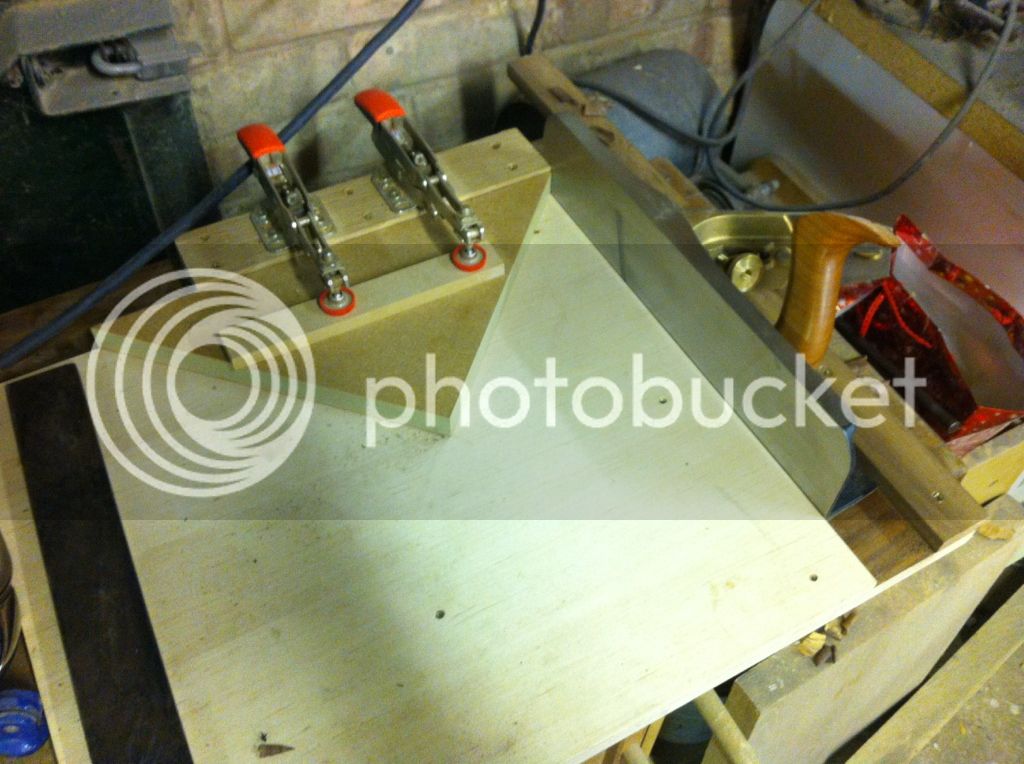James C
Established Member
Went for a little look round Axminster yesterday whilst on holiday to see what the next tool I might be saving towards.
I can only really afford to spend £60 a month on tools and such but I have managed to flesh out most of what I need.
The main thing I struggle with at the moment is planing and shooting end grain. Yesterday's trip was to look at all the lovely low Angle planes that I won't be able to afford for a while.
(Torn between the Veritas or the Quangsheng currently).
In the meantime I have to make do with my vintage Stanley No5 which is a real beauty being a Type 11. I have the original iron ground with a camber and a spare Quangsheng iron set straight for edges.
Even when I have my plane set tightly and the iron very sharp, sometimes I struggle to push through when shooting end grain. I've read in American magazines about the use of denatured alcohol to make it easier to work. I know that we use methylated spirits in this country but that it is made in a different process and I think Meths in America aren't dyed.
I'm a bit wary about using Meths on my wood due to the different manufacturing process and the use of dye. Has anyone tried this before? Is there a better alternative?
I can only really afford to spend £60 a month on tools and such but I have managed to flesh out most of what I need.
The main thing I struggle with at the moment is planing and shooting end grain. Yesterday's trip was to look at all the lovely low Angle planes that I won't be able to afford for a while.
(Torn between the Veritas or the Quangsheng currently).
In the meantime I have to make do with my vintage Stanley No5 which is a real beauty being a Type 11. I have the original iron ground with a camber and a spare Quangsheng iron set straight for edges.
Even when I have my plane set tightly and the iron very sharp, sometimes I struggle to push through when shooting end grain. I've read in American magazines about the use of denatured alcohol to make it easier to work. I know that we use methylated spirits in this country but that it is made in a different process and I think Meths in America aren't dyed.
I'm a bit wary about using Meths on my wood due to the different manufacturing process and the use of dye. Has anyone tried this before? Is there a better alternative?




































